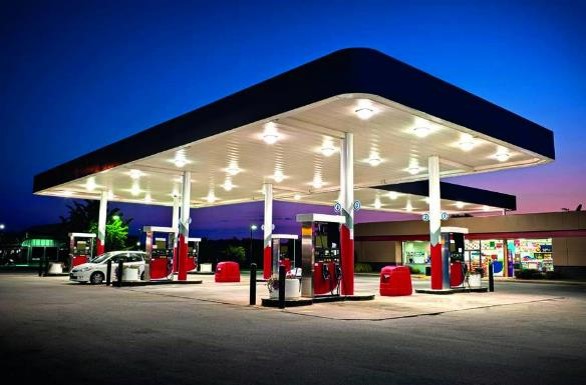Trustsdeck Special Report
Based on June 2025 data and adjusted for July trends, these are Nigeria’s costliest states for petrol (PMS), with prices shown in NGN per litre. While full July data isn't available, this ranking uses the latest NBS figures and observed market trends to estimate consumer costs.
Top 15 States (July 2025 Estimated Prices)
- Jigawa: N1,107.52 – Highest due to northern distance and high transport costs.
- Ondo: N1,104.80 – South-West state hit by import logistics costs.
- Lagos: N1,100.29 – Prices remain high despite hosting the Dangote Refinery.
- Zamfara: N1,096.81 – Remote access and post-subsidy pressure keep prices high.
- Sokoto: N1,092.50 (estimated) – Trend-adjusted from June's N1,090.29.
- Kaduna: N1,064.79 – Supply chain issues persist despite refinery progress.
- Ebonyi: N1,060.00 (estimated) – High regional inflation and logistics costs.
- Imo: N1,050.00 (estimated) – Supply constraints raised prices from June lows.
- Anambra: N1,045.00 (estimated) – Import dependence drives cost.
- Abia: N1,040.00 (estimated) – Similar regional transport challenges.
- Akwa Ibom: N1,035.00 (estimated) – Proximity to oil not enough to offset transport inefficiencies.
- Cross River: N1,030.00 (estimated) – Impacted by South-South distribution issues.
- Taraba: N1,025.00 (estimated) – Northcentral logistics challenges reflected in price.
- Oyo: N1,020.00 (estimated) – Rising regional demand with stagnant supply.
- Adamawa: N1,015.00 (estimated) – Northern fuel delivery costs remain high.
Note: Prices for ranks 5–15 are estimated using June 2025 NBS data and a year-on-year inflation adjustment of +38.32%, aligned with July 2025 trends and regional patterns.
Key Factors Behind High Fuel Prices
- Logistics Costs: Northern states pay more due to long-distance supply from the south.
- Subsidy Removal Impact: The 2023 subsidy removal raised base fuel prices across Nigeria.
- Refinery & Market Dynamics: Ex-depot prices dropped, but many marketers (e.g., in Lagos) kept pump prices unchanged.
- Regional Inflation: States like Ebonyi and Borno see compound effects from fuel and food inflation.
- Supply Chain Inefficiencies: Vandalized pipelines and limited local refining capacity raise dependence on imports.
Consumer Impact
High fuel costs strained household and business operations, especially in generator-reliant areas. In Zamfara, public dissatisfaction led to calls for subsidy reversals, citing unsustainable living costs.
Strategic Implications
For Consumers:
- Consider fuel-saving options (e.g., carpooling, hybrids).
- Monitor black market pricing during scarcity.
For Businesses:
- Partner with local refiners like Dangote Refinery to reduce purchase costs.
- Optimize logistics to reduce delivery overhead, especially in northern zones.
For Policymakers:
- Address supply bottlenecks and fast-track refinery completion (e.g., Kaduna at 81%).
- Design targeted relief programs for low-income households in fuel-stressed states.
Conclusion
In July 2025, Nigeria’s top three most expensive states for petrol were Jigawa, Ondo, and Lagos, all exceeding N1,100 per litre. As fuel pricing remains market-driven, addressing regional supply gaps, local refining limitations, and logistics inefficiencies will be critical to stabilizing pump prices and easing consumer pressure.
© 2025 Trustsdeck Consumer Intelligence Desk


Comments (0)